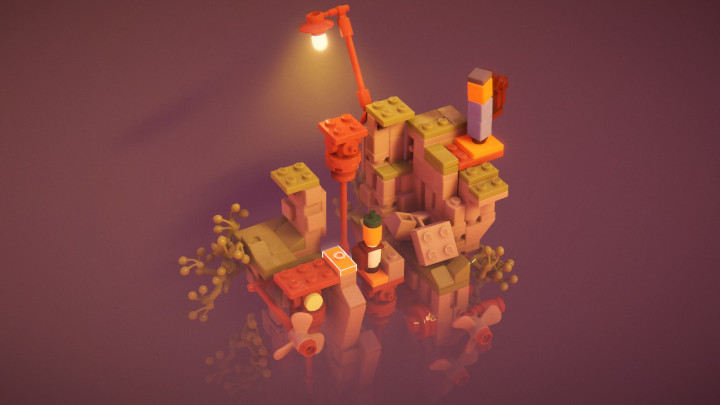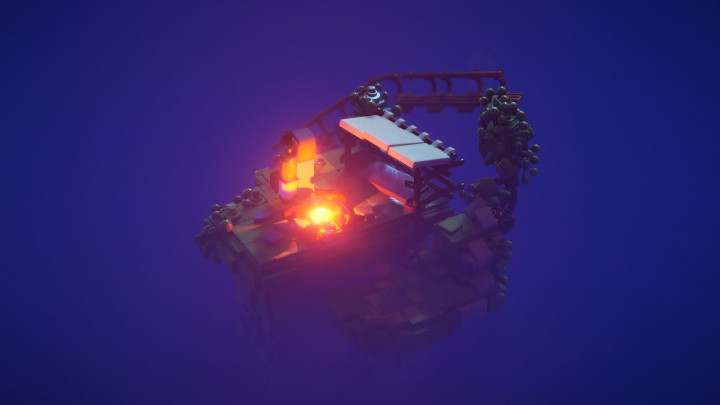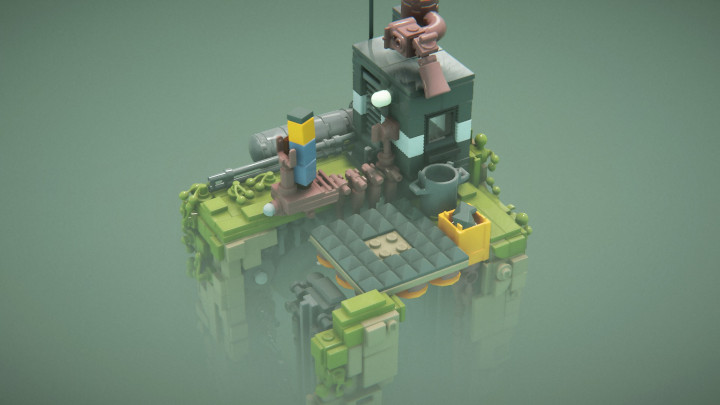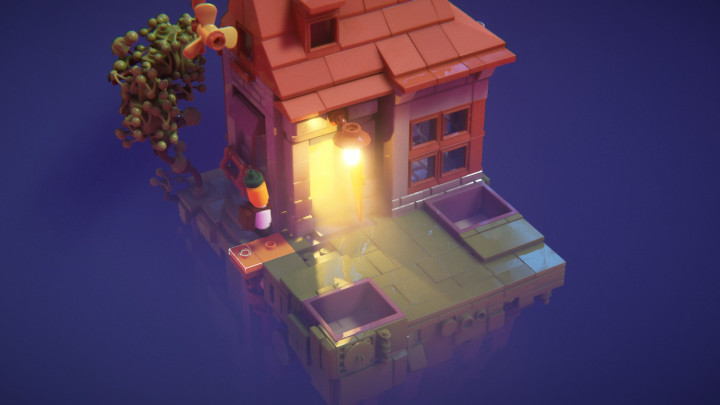
When I was a kid, I used to build some of the wildest stuff out of Lego bricks. I loved to make multilevel buildings (that I called “bases”) with the backs open so I could see all the goings-on inside. I would sometimes build a stairway that wrapped around the leg of my bed, leading up to a treehouse at the top of the bedpost. Sometimes I’d just see how tall of a tower I could build.
There was one particularly elaborate setup I had built that had a lab section of it with a bunch of the “round brick” style pieces that I said were test tubes. I had this dream one night where I took out one of the test tubes for some reason. When I woke up the following morning, that exact test tube was actually missing.
As an adult who’s read psychology books, there are several possible explanations of this. For example, it’s possible that I had removed the piece when I was fully awake and had just forgotten about it, distracted by any of the myriad things that can capture the attention of an imaginative child. It’s also possible that when I looked at the actual set the following morning, my brain rewrote the memory of the dream to fit the reality of the situation. Those are both plausible explanations.
But as a child, I was bewildered by this, and admittedly a little freaked out.

I mostly bring this up because I’ve been thinking about this a lot lately. I was reminded of it because I recently played Lego Builder’s Journey, an incredible puzzle game that’s currently available on Steam.
In Lego Builder’s Journey, you basically are given a handful of Lego pieces and you have to put them together to complete a diorama. Sometimes, you’re given the challenge of escorting one of the characters from one end of the diorama to the other, or getting the character to interact with a particular set piece in a specific way. Whenever you complete a puzzle, you’re typically treated to a brief animation, enriching the subtle narrative that weaves the whole thing together.
The game as a whole tells a story of a parent and a child who we’re introduced to in the middle of some sort of camping trip. I keep wanting to say this is a father and son, but there’s honestly no reason to assume genders here — the details are open for interpretation. Anyway, these characters complete their hike and return home, then the parent goes off to work, leaving the child behind to entertain themselves. So the kid decides to build a robot, and as it turns out, this robot is something of a troublemaker. The two (the robot and the child) end up going on a wild adventure together.
There are dozens of various themes you could read into this — is this a commentary on bad parenting, or the fact that so many people prioritize their career over things that actually matter? Or is it more about celebrating the glorious and creative imagination of a child? The whole thing is vague enough that, like the characters’ genders, this is all open for interpretation.

But really, the narrative isn’t important here. The core of the game is a sequence of puzzles where you build things with Lego bricks.
In my opinion, there’s one Golden Rule of puzzle games: Every puzzle game should speak its own “language,” but it should never let the player become fluent in that language. This is a precarious balance to strike, because it’s really easy to swing too far in one direction or the other — either the language is too vague, or else it’s too obvious. The best games manage to tightrope walk through the dead center of those extremes.
Let’s look at Biomutant for a second. As much as I enjoyed Biomutant as a whole, its puzzles were exceptionally dull. By the time you’ve completed two or three, you understand the basic premise well enough to solve the rest of the puzzles in the game with very little effort. Match white to white and yellow with yellow. Done.
But Biomutant isn’t a puzzle game at its core. Its puzzles are just sort of window dressing for a much broader experience that’s more about exploration and seeing cool-looking stuff than about solving anything.

I bring it up because it’s an example of letting the player become fluent in its puzzle language. Once you’ve solved two or three puzzles, you’ve essentially solved them all because the “language” is only made up of a few “words” or “phrases” or whatever analogy you want to plug in here.
With Lego Builder’s Journey, however, the language is rich and complex, with a ton of nuance. After a complete playthrough, you can sit back and ponder the game, accepting there are things you only figured out just well enough to progress to the next puzzle, but never enough that you felt like you had mastered it. You’ll understand it just enough that it sparks your imagination and then sets you loose. And if you ask me, that’s what the balance of a puzzle game is supposed to look like.
I completed Lego Builder’s Journey several days ago, and it’s still on my mind. Much like that missing test tube in the Lego lab I built as a kid, I have plausible explanations, but no concrete answer. And I think that’s exactly how you’re supposed to feel when you complete a puzzle game.